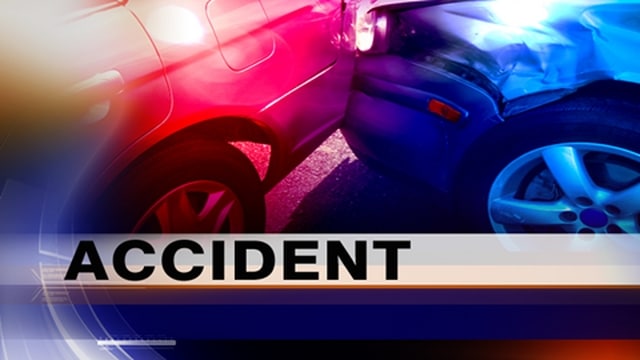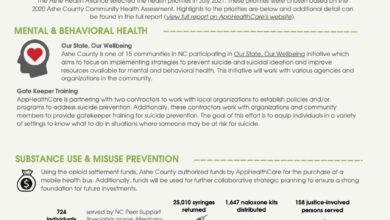Last Updated on June 30, 2016 1:52 pm
On Thursday officials with the National Highway Traffic Safety Administration (NHTSA) called on certain model year Honda and Acura owners to stop driving the “unsafe” automobiles until issues with Takata airbags are fixed.
New test data on a particular subset of defective Takata air bag inflators in certain model-year 2001-2003 Honda and Acura vehicles show a far higher risk of ruptures during air bag deployment, prompting an urgent call from the National Highway Traffic Safety Administration to ensure that unrepaired vehicles in this population are found and fixed before they cause further injuries or fatalities.
The higher-risk inflators are in certain 2001-2003 Honda and Acura vehicles:
2001-2002 Honda Civic
2001-2002 Honda Accord
2002-2003 Acura TL
2002 Honda CR-V
2002 Honda Odyssey
2003 Acura CL
2003 Honda Pilot
The air bag inflators in these particular vehicles contain a manufacturing defect which greatly increases the potential for dangerous rupture. Testing of the inflators from these vehicles show rupture rates as high as 50 percent in a laboratory setting. Ruptures are far more likely in inflators in vehicles that spent significant periods of time in areas of high absolute humidity — particularly Florida, Texas and other parts of the Gulf Coast. By comparison, testing performed on similarly aged recalled Takata inflators that do not have the same manufacturing defect shows rupture rates at less than one percent.
The vehicles in question were recalled between 2008 and 2011. Honda has reported that more than 70 percent of this higher-risk population of vehicles has already been repaired, but approximately 313,000 vehicles with this very dangerous defect remain unrepaired. The risk posed by the airbag inflators in these vehicles is grave, and it is critical they be repaired now to avoid more deaths and serious injuries.
Drivers of these vehicles should immediately visit SaferCar.gov to check whether their vehicle has any outstanding safety recalls. Those that do should contact their nearest dealer to schedule a no-cost immediate repair. Replacement parts for these vehicles are available immediately.
Examples of 2001-2002 model Honda Civic (left) and Honda Accord.
“The air bag inflators in this particular group of vehicles pose a grave danger to drivers and passengers that must be fixed right away,” said NHTSA Administrator Dr. Mark Rosekind. “Drivers should visit SaferCar.gov or contact their local dealer to check whether their vehicle is affected. If it is, they should have the vehicle repaired immediately for free at an authorized dealer. We commend Honda for taking additional actions to get these vehicles repaired.”
Though the vehicles are already under recall, NHTSA ordered Takata to perform additional ballistic testing following recent reports of ruptures. Eight of the 10 confirmed U.S. fatalities due to Takata ruptures — including the most recent in Fort Bend County, Texas — were in this population of vehicles.
Honda has committed to immediately taking additional actions to enhance their efforts to find and fix recalled vehicles. Honda will provide additional information about their efforts. NHTSA has also directed Honda to report weekly on the progress of vehicle repairs.
NHTSA is also expanding its own direct consumer outreach, including a paid media campaign and a series of outreach events in high-risk areas this summer. NHTSA has also engaged the vehicle insurance industry to help locate the unremedied vehicles.
Background on the Takata recalls: Nearly 70 million Takata air bag inflators are or will be under recall by 2019, in the largest and most complex auto safety recall in U.S. history. A combination of time, environmental moisture and fluctuating high temperatures contributes to the degradation of the ammonium nitrate propellant in the inflators. Such degradation can cause the propellant to burn too quickly, rupturing the inflator module and sending shrapnel through the air bag and into the vehicle occupants. More information can be found here

















